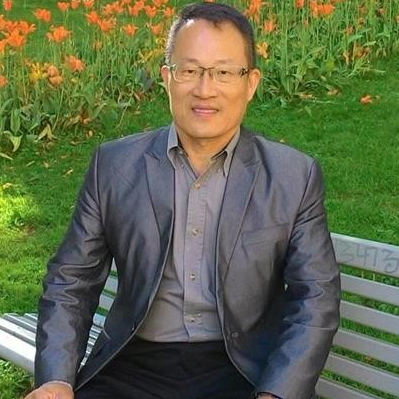Selected Papers from the 2016 International Conference on Advanced Manufacturing (ICAM 2016)
A special issue of Applied Sciences (ISSN 2076-3417).
Deadline for manuscript submissions: closed (31 January 2017) | Viewed by 16720
Special Issue Editor
Interests: chemical sensors; biosensors; immunosensors; nanomaterials
Special Issues, Collections and Topics in MDPI journals
Special Issue Information
Dear Colleagues,
The 2016 International Conference on Advanced Manufacturing (ICAM 2016) will be held in Sun Moon Lake, Nantou, Taiwan, 16–19 December 2016. This conference is a platform for researchers from academia, research institutes and industry to present and discuss the new developments and emerging technologies in advanced manufacturing. This Special Issue will collect selected papers submitted to the ICAM 2016. The papers will be again refereed, following the usual refereeing process in force at Applied Sciences. For the participants, it is an exciting opportunity to promote their research and professional work.
Prof. Dr. Gou-Jen Wang
Guest Editor
Manuscript Submission Information
Manuscripts should be submitted online at www.mdpi.com by registering and logging in to this website. Once you are registered, click here to go to the submission form. Manuscripts can be submitted until the deadline. All submissions that pass pre-check are peer-reviewed. Accepted papers will be published continuously in the journal (as soon as accepted) and will be listed together on the special issue website. Research articles, review articles as well as short communications are invited. For planned papers, a title and short abstract (about 100 words) can be sent to the Editorial Office for announcement on this website.
Submitted manuscripts should not have been published previously, nor be under consideration for publication elsewhere (except conference proceedings papers). All manuscripts are thoroughly refereed through a single-blind peer-review process. A guide for authors and other relevant information for submission of manuscripts is available on the Instructions for Authors page. Applied Sciences is an international peer-reviewed open access semimonthly journal published by MDPI.
Please visit the Instructions for Authors page before submitting a manuscript. The Article Processing Charge (APC) for publication in this open access journal is 2400 CHF (Swiss Francs). Submitted papers should be well formatted and use good English. Authors may use MDPI's English editing service prior to publication or during author revisions.
Keywords
- Advanced Machining and Forming Processes
- Micro- and Nano-Fabrication
- Tribology for Manufacturing
- Gears Manufacturing
- Bio-medical Manufacturing
- Precision Engineering Measurement
- Robotics and Automation
- Additive Manufacturing Technology
- Smart Manufacturing Technology for Industry 4.0
- Manufacturing Management, E-manufacturing and E-business Integration





